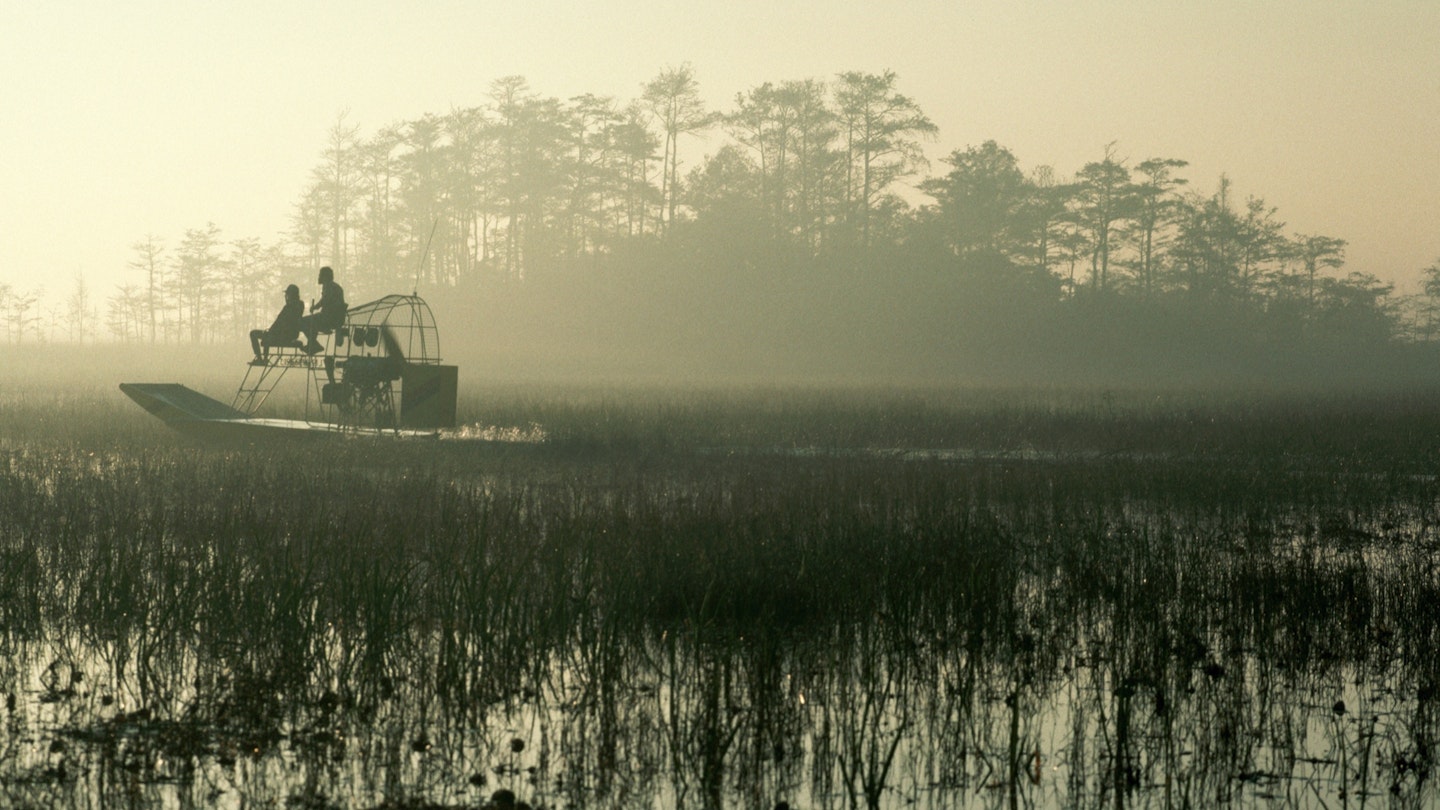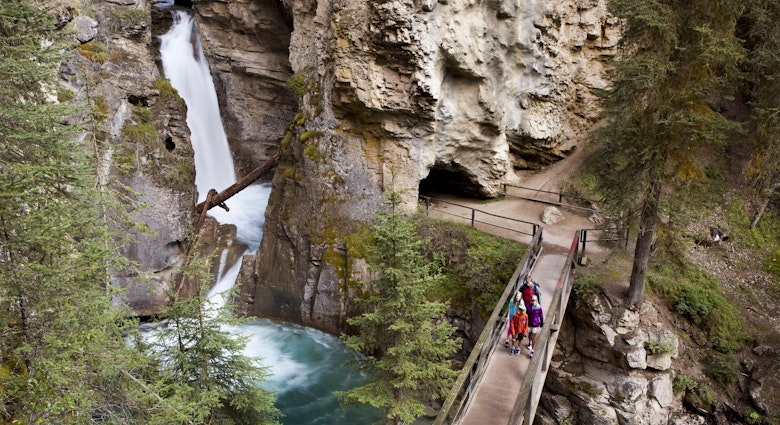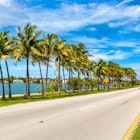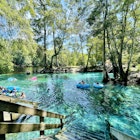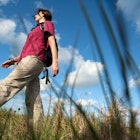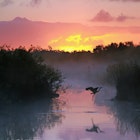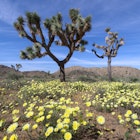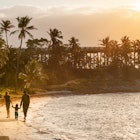There’s a spectacularly adventurous yet oddly soothing way to experience Southwest Florida – the Everglades. For the adventure-minded outdoor enthusiast, the Everglades is a paradise of adrenaline, and at the same time, a place to reconnect with your inner self and experience quiet solitude.
What many people don’t realize before heading to this designated World Heritage Site is the sheer vastness of it. Everglades National Park alone spans 2,357 square miles, and the Everglades as an area constitutes 1.5 million acres of South Florida. It’s easy to feel like you’re a world away when you’re surrounded by sawgrass prairies and miles of beautiful mangroves in every direction, but in fact, you’re only a short drive away from the Gulf Coast city of Naples, Florida.
That said, advance planning is important, whether you plan to go slough slogging or simply enjoy the front-country boardwalks and catch a glimpse of a Great Blue Heron or Roseate Spoonbill. Here’s seven of our favorite ways to experience this unique national treasure.

If you want to: Watch the wildlife
You should: Hang out in Big Cypress National Preserve
If there’s one thing you can do from just about anywhere in the Everglades, it’s view the wildlife. No matter where you wind up, in or out of the National Park, it’s unlikely you’ll go a day without seeing winged or scaled creatures. If you’re lucky, you might catch a glimpse of a Florida panther, red fox, or white-tailed deer.
If starting your day on the Paradise Coast (the west side), first stop at Big Cypress National Preserve, where you’re destined to see many wading birds and possibly some river otters or bobcats, too.
For those who have a bit of wiggle room in their itinerary and can budget for a few hours of driving, the car ride through Big Cypress to the east side of the park lands you in Shark Valley, where, contrary to the name, you won’t see any sharks. You will, however, see an abundance of American alligators and a fair share of wading birds. And if you’re willing to trek even further south, the Anhinga Trail is a must-do for every first-time Everglades visitor. People have described this trail as “Disney-like” for the way wildlife latently hang around.
Wherever you go, remember to give wildlife plenty of space.
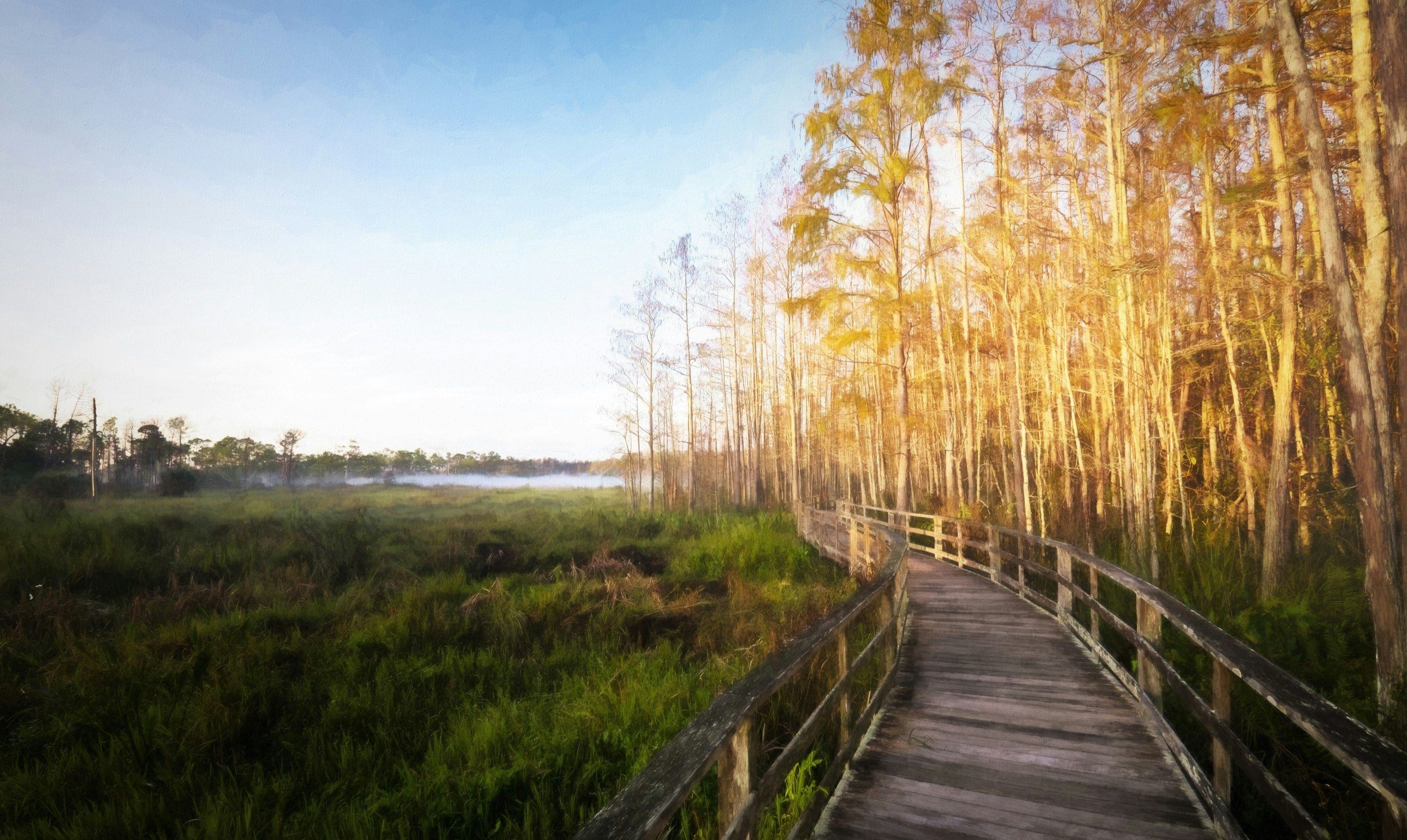
If you want to: Enjoy a leisurely nature walk
You should: Explore Rookery Bay, Fakahatchee Strand, and Corkscrew Swamp Sanctuary
Most walkable trails in Everglades National Park lie in the southeast portion, including the famous Anhinga Trail. If you look outside the bounds of the park, however, you’ll find that the swamp side offers more ground than most can cover in a few days.
Fakahatchee Strand Preserve is the largest state park in Florida, offering a 2,500-foot winding boardwalk and more than 60 miles of paved trails through marl prairies and sloughs. Rookery Bay, a 110,000-acre estuarine research preserve, has four interpretive trails about a
quarter-mile each in length. At Audubon Corkscrew Swamp Sanctuary, transport yourself into old wild Florida on the 2.25-mile boardwalk through old-growth bald cypress forest, pinelands, and wetlands.
And then, of course, there’s the sprawling Big Cypress National Preserve where visitors can amble along the 40-plus miles of trails and boardwalks.
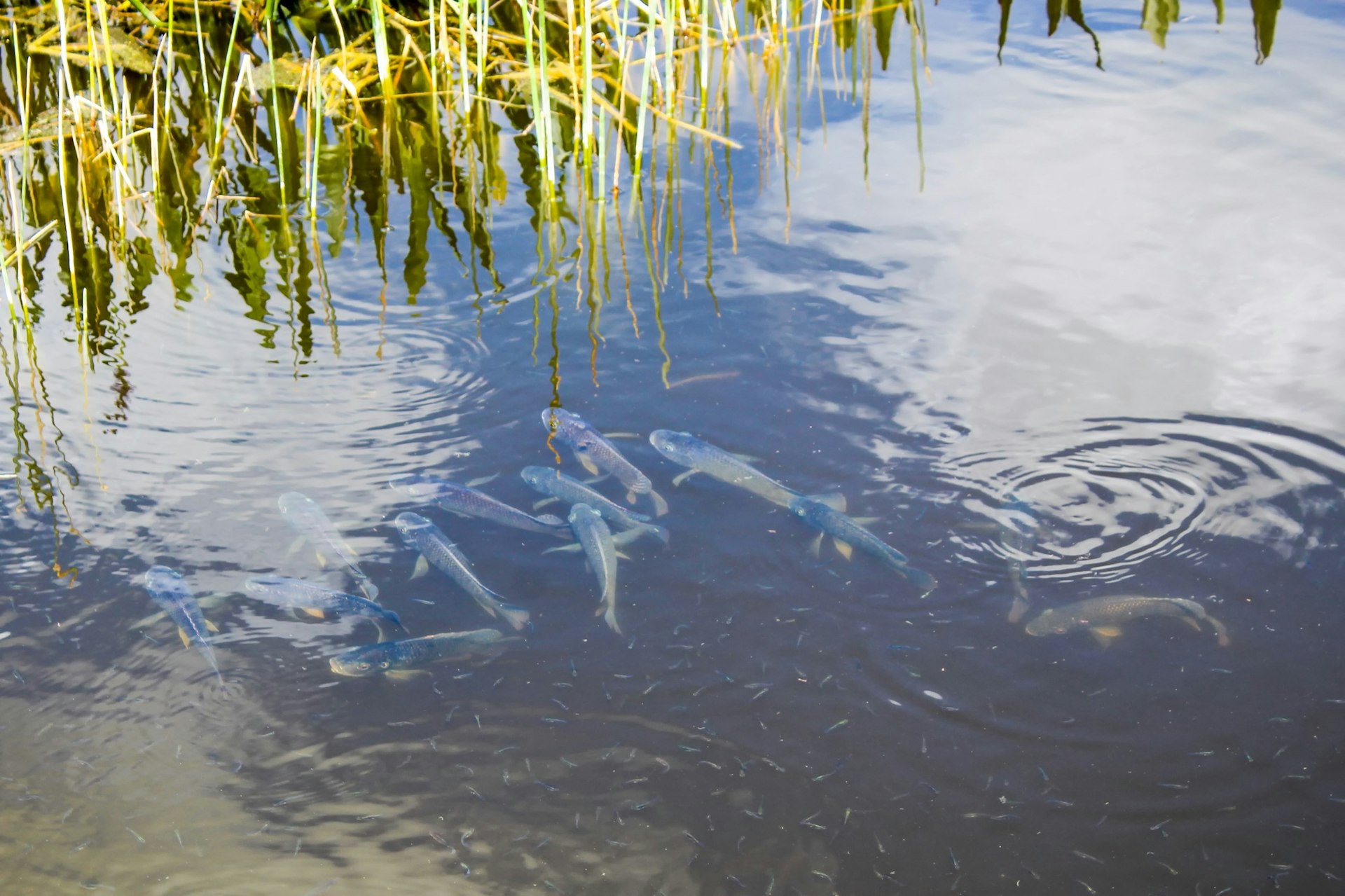
If you want to: Cast your line
You should: Glide through the Ten Thousand Islands National Wildlife Refuge
Much of Everglades National Park and the Everglades area in general is open for fishing with proper licensing. One special spot where all anglers will want to cast a line is the Ten Thousand Islands National Wildlife Refuge, which is accessible from Goodland and Port of the Islands, Florida, just a few miles south of Naples.
The vast majority of the refuge requires a boat to reach, making this a fisherman’s paradise. This 35,000 acres of seemingly untouched beauty is home to many species, including tarpon, common snook, red drum, spotted sea trout, smalltooth sawfish, and goliath grouper – and notably, fishing here is productive year-round. It’s no surprise sport fishing is the most popular recreational activity at the refuge, according to the U.S. Fish and Wildlife Service.

If you want to: Have some fun with front-country camping
You should: Tent camp at drive-in chickees or rest up at the local KOA.
Everglades National Park itself offers only two front-country camping opportunities, and both are located in the southeast portion of the park. That doesn’t mean you can’t sleep in the sawgrass if your basecamp is on the Gulf Coast, though!
If accessing the Everglades from the Gulf side, Chokoloskee Island Resort offers RV hookups; Trail Lakes Campground offers traditional chickees (raised hut-like tent sites); and Burns Lake Campground offers drive-in primitive sites. For a cozy respite after adventurous days in the park, the Naples/Marco Island KOA Holiday is a good place to lay your head. There’s also Collier-Seminole State Park, where you’ll find tent and RV sites with electricity, potable water, and more amenities.

If you want to: Go truly off the grid
You should: Set up camp at a backcountry chickee or beach site
Front-country camping is great, but there’s no better way to experience the wilderness than to immerse yourself in it overnight. From the Gulf Coast, you can access several backcountry camping sites, all of which are either chickees, beach sites, or ground sites.
Advance reservations are required for most wilderness sites in the Everglades, which you can make on recreation.gov, but there are also several Gulf-side wilderness campsites held for
day-of or day-before reservations: Jewell Key, Mormon Key, New Turkey Key, Pavilion Key, Picnic Key, Tiger Key, Crooked Creek Chickee, and Sweetwater Chickee.

If you want to: Figuratively fly through the River of Grass
You should: Book an airboat tour
An airboat ride is perhaps the ticket to the most exhilarating Everglades encounter. Airboats, also called fanboats, are flat-bottomed vessels propelled by an above-water, aircraft-type propeller. Because there are no operating parts below the waterline, airboats can move relatively quickly through the shallow waters of the Everglades.
On the Gulf side of the Everglades, you can find several airboat tour operators in Naples, Everglades City, Marco Island, and more. Hop into one of these boats and you’ll be zipping through the River of Grass on a wetland safari you’ll never forget.

If you want to: Embark on a multi-day backcountry excursion
You should: Paddle the Wilderness Waterway
For the most intrepid paddlers, the 99-mile Wilderness Waterway is an enticing way to see and experience the deepest, wildest parts of the Everglades. This serpentine waterway has a put-in at both the north and the south terminus of the park. The north launch begins at Chokoloskee Island just south of Everglades City and meanders down to the Flamingo Visitor Center in Homestead, Florida.
It’s a true endurance odyssey and one that shouldn’t be attempted without thorough preparation. It’s critical to have ample experience in paddling, nautical navigation, backcountry camping, and outdoor survival to tackle this trip. Even then, consider going with a friend or hiring a guide. You will need backcountry permits for this expedition.

Putting It All Together
Logistically, planning a trip to the Everglades requires a bit of time and research because there’s so much to see and experience. In general, the winter dry season is the best time to visit the Everglades. The air is less humid and plans are far less likely to be impacted by inclement weather and seasonal rains. Visitors are also more likely to see an abundance of wildlife during the winter months. Need further convincing? In the winter, the sun isn’t quite as strong (sunscreen is still recommended) and the mosquitos aren’t as prevalent (insect repellant is recommended).
Once your trip dates are locked in, make a list of priorities. It’s helpful to label activities in three camps: must do, would be nice, and don’t care to miss. Decide how you want to spend nights – in a rustic cabin, a comfy resort, or in a traditional chickee among the wildlife – and whether you’ll have one basecamp or sleep somewhere different each night. If the latter, decide those sites ahead of time and obtain wilderness permits if needed. Once you know when you’ll be visiting, what you want to do, and where you’ll lay your head, you can begin booking activities and planning excursions in this magical landscape.
You might also like
Outdoor adventures in Florida’s Everglades and Paradise Coast

